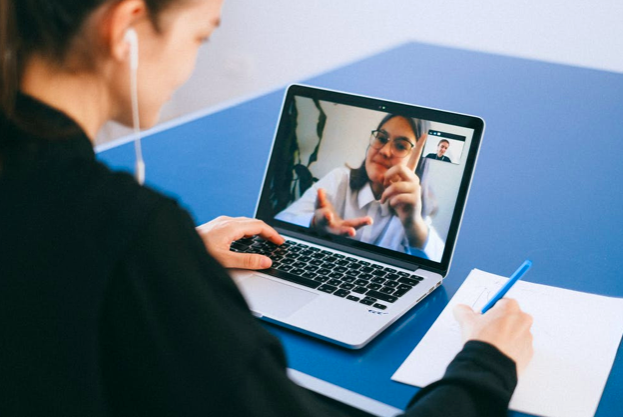What if there was a way to see a doctor and get the care you need without driving across town, getting stuck in traffic, possibly catching COVID-19, or possibly spreading it if you think you’ve been infected? Well, there is, and you’ve probably been hearing a lot about it lately.
Telemedicine, or telehealth, involves using video conference technologies to meet with primary care doctors and specialists remotely. While it’s not the best solution for all treatment needs — many complaints still require hands-on examination from a medical professional — it can be a great way for providers to collect medical history and get a feel for your problem, check up with you for follow-up visits and medication management, or provide services that don’t require hands-on examination or treatment.
But if you’ve never seen the doctor online before, you might be worried that you won’t have the right equipment, won’t know what to do, or won’t be able to get the care and information you need. Here’s how to prepare for a telemedicine appointment, and make the most of it.
Make Sure Your Insurance Covers Telehealth
This shouldn’t be too big of an issue — telemedicine offers a way to cut treatment costs, so most health insurance providers are on board. Many have made it easier and cheaper for customers to access telemedicine since the outbreak of the pandemic. But since rules around telemedicine are changing quickly, it’s a good idea to double-check with your insurance company before scheduling an online doctor visit.
Get Your Equipment in Order
You don’t need a ton of stuff to connect with a doctor virtually. Most providers will want a video connection, so you’ll need a smartphone, tablet, or laptop. In a pinch, however, you can complete your visit over the phone in most cases.
Medical providers have to adhere to strict privacy regulations, so you may not be able to chat with your doctor over Zoom or FaceTime. You’ll most likely be asked to use a more secure platform designed for telemedical use, like Teledoc. Make sure you feel comfortable using the application. Some just require you to follow a link sent via text or email, while others necessitate logging into a patient portal and navigating to the right area. Talk to your doctor’s office about the teleconferencing technology being used and what you’ll need to do to access it. If you have trouble on the day, you can call your doctor’s office for technical assistance.

Find a Quiet, Well-Lighted Place to Chat
You’ll need privacy to address your medical concerns with your doctor, and quiet to make sure you can hear each other. Using earbuds or headphones can help filter out ambient noise. Make sure there’s enough light that your doctor can see any visible symptoms you might want to show him or her.
Prepare like You Would for Any Other Appointment
You’ll need to be prepared to discuss your ailment and symptoms, your medical history, and any remedies you’ve already tried, be they over-the-counter or prescription. If this will be a routine checkup, your doctor might ask you to take some vital measurements at home — weight, temperature, and blood pressure measurements are easy to take at home and the necessary equipment is affordable and easy to find. Your doctor can guide you through measuring your heart rate and respiration rate, if necessary.
Sometimes, your doctor might think that you need hands-on care from your primary physician or from a specialist. You should be prepared for the possibility that your doctor might recommend an in-person appointment, even if your virtual appointment will be routine.
If you think you might have COVID-19, a virtual screening appointment can often help your doctor decide if you need to be tested or not, without putting anyone at any undue risk. Be prepared to answer questions about your symptoms and to make your way to the nearest testing center if needed.
Going to the doctor online can seem daunting, especially if you’ve never done it before. But it’s usually pretty straightforward, and perfect for treatments that don’t require hands-on care. Many ailments can be diagnosed virtually, and your doctor can even send prescriptions electronically to your pharmacy. Once you’ve tried telemedicine, you’ll never want to go back.

